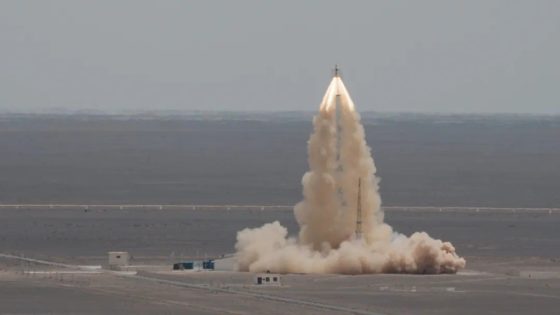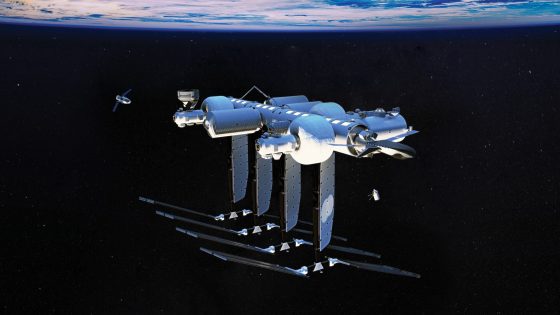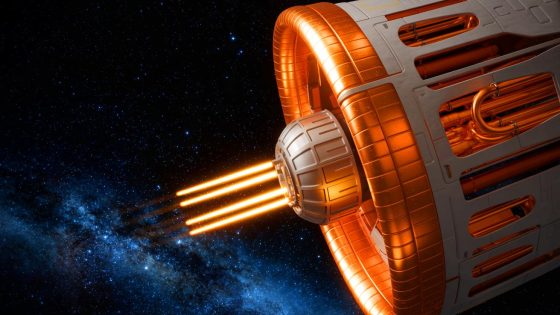China is advancing its lunar ambitions with significant strides in space technology. On June 17, 2025, the China Manned Space Engineering Office (CMSEO) successfully conducted a pad abort test of its Mengzhou spacecraft, a crucial step in its quest to send taikonauts to the moon.
- China aims to surpass NASA in lunar missions.
- Successful pad abort test for Mengzhou spacecraft.
- Safety systems verified without crew risk.
- NASA's Artemis program faces budget uncertainties.
- Long March 10 rocket in development for missions.
- Mengzhou's next step: in-flight abort test.
This test involved the capsule’s escape tower, which fired solid rocket engines to simulate an emergency situation. The Mengzhou spacecraft safely returned to the desert surface, demonstrating its safety systems without risking crew lives. Will this lead to China beating NASA back to the moon?
The implications of this test raise important questions about the future of lunar exploration. Can China maintain its momentum in the race to the moon? Consider these points:
- The Mengzhou spacecraft’s safety systems are now validated.
- China’s Long March 10 rocket is in development for future missions.
- NASA’s Artemis program faces budget uncertainties, potentially slowing its progress.
As both China and the U.S. navigate their space programs, the race to the moon will undoubtedly accelerate innovation and inspire future generations of scientists and engineers.

































